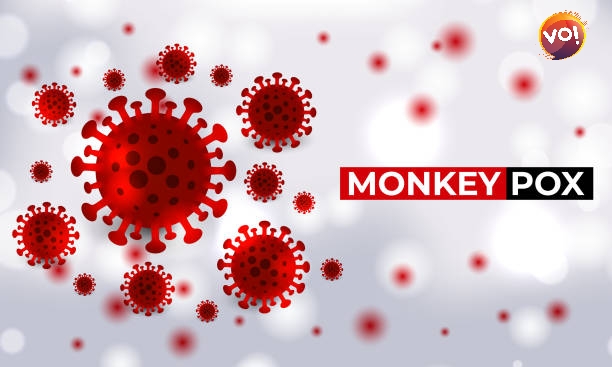With over 780 monkeypox cases found in 27 countries, the World Health Organization (WHO) has resolved to move quickly to halt the spread of the monkeypox virus. “And this is crucial because we are in a scenario where we can utilize public health tools for early detection,” a WHO official said, adding that preventing the spread in non-endemic countries is critical.
Here are the five steps the WHO is attempting to halt the monkeypox virus spread.
During a conversation, WHO official Maria Van Kerkhove stated, “We need to raise awareness about what monkeypox is and isn’t.” We also need to improve our surveillance.
“Specifically, in those countries where we detect monkeypox, we need to equip ministries, governments, and country health centres to be able to spot monkeypox and to guarantee that patients suspected of having monkeypox receive adequate clinical treatment.”
We aim to put an end to human-to-human transmission. This is feasible in non-endemic countries. And this is crucial because we are in a position where we can utilize public health tools for early detection, isolation of patients, supported isolation cases, interacting with and listening to communities, and engaging people to be a part of the solution, she added.
We also want to safeguard frontline employees, she said. Anyone out there gathering samples for testing or caring for individuals wants to make sure they have the correct knowledge and personal safety equipment, and we want to use all of the available countermeasures.
“Finally, the overriding goal is to improve our knowledge of what monkeypox is. So, we’re going to have a major worldwide summit to talk about R&D, and everything from epidemiology to diagnostics, therapeutics, and vaccines,” she said.
Read Also: Type 2 Diabetes? Try These Proven Home Remedies By Expert













